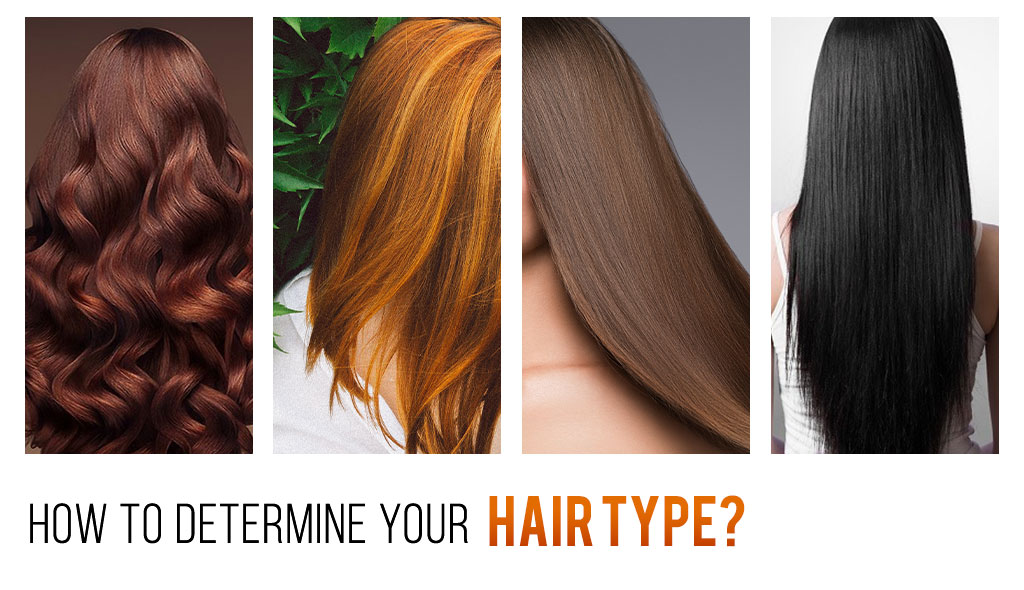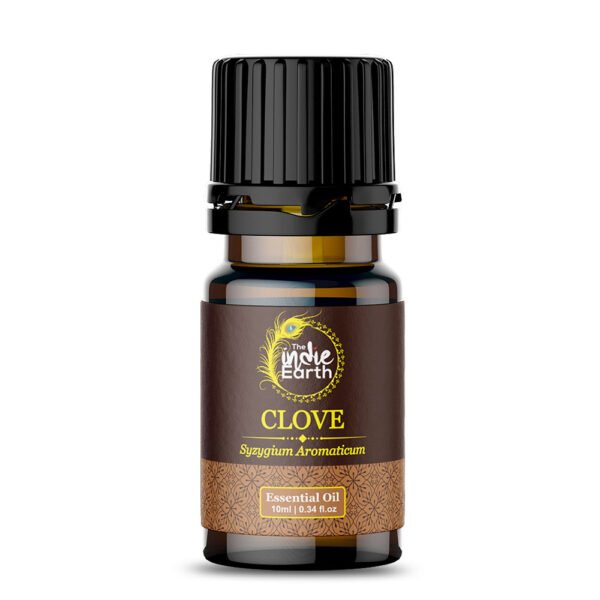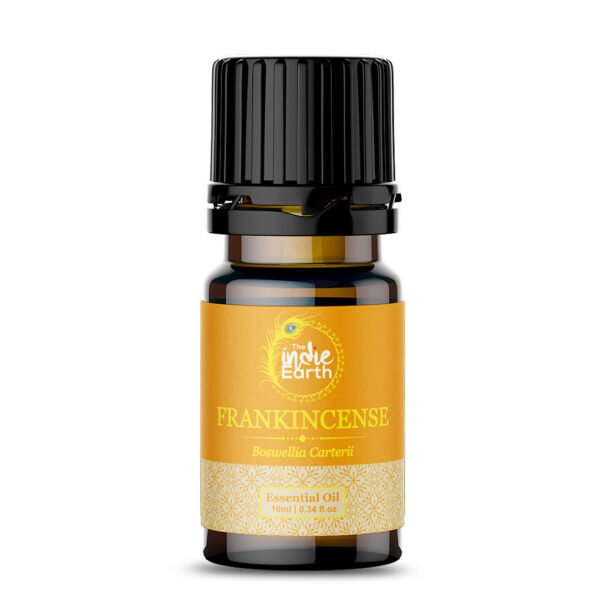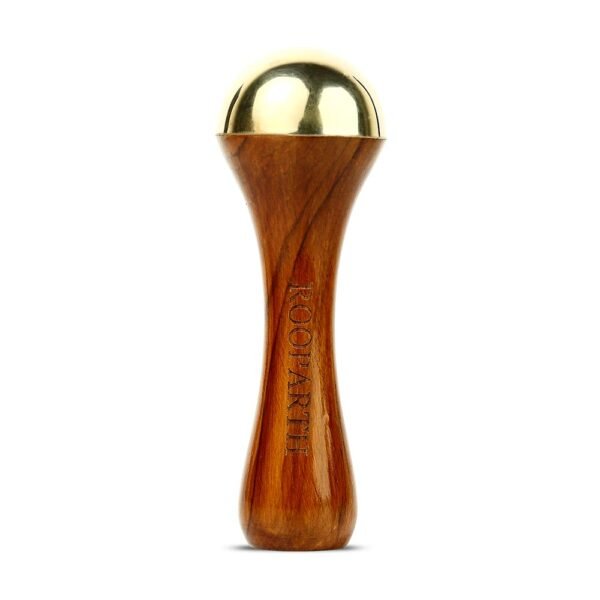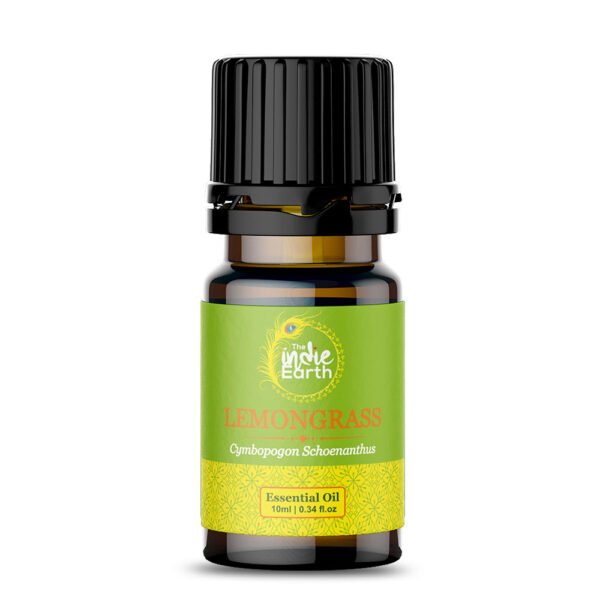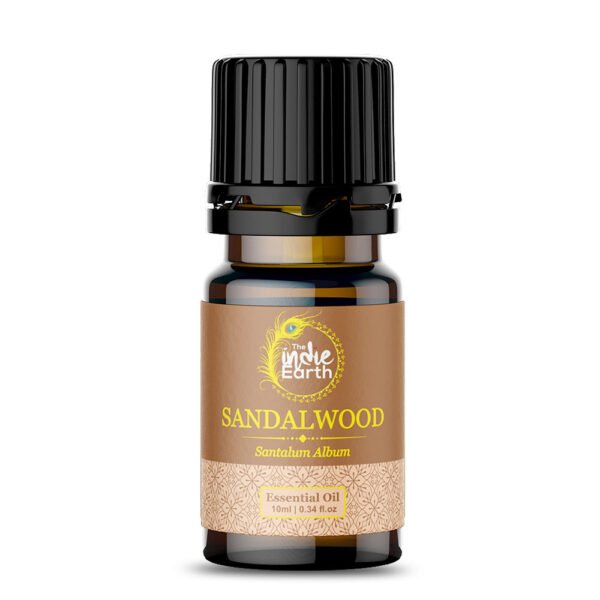Identifying your hair type is the most important step for the right hair care regimen and styling, also it will help you figure out how to handle, cut, and style your hair more effectively. Hair type involves comprehending different qualities of your hair which includes density, texture, porosity (your hair’s ability to hold moisture), and elasticity and curl pattern. Multiple factors affect the hair type which include porosity, elasticity, density, hair diameter, hair greasiness and curl pattern. When we come to know our exact hair type, then according to it, we can use the exact hair product.
Porosity
Hair’s ability to absorb moisture and retain it is called porosity. Hairs which have high pores are more damaged. Because they absorb more chemicals from the products we often use on our hairs. And if a person has low porosity, the products we use on our hair will remain on the cuticle. After washing the hair, it will remain wet for a long time. So medium porosity is perfect for hairs.
Hair Density
Hair density refers to how much hair is present on your scalp. Hair density is not the same as hair diameter. You may or may not have fine hair with more density. You can determine them by pulling a section of your hair to see how much scalp you can see. If you have pulled one section of your hair and can easily see your scalp means you have thin hair, if you can see a partial amount of scalp then you have medium density. If you cannot see or barely see your scalp your hair density is thick.
Hair diameter
Diameter of hair means how much width a single hair contains. This is more important to know which hair type we possess. The diameter of your hair is super important for picking the right products. There are many ways to check the diameter of your hair. You can check it by a strand test to find out whether your hair is fine/medium/coarse
For fine hair take a single hair in between your fingers and if you don’t feel anything then you have fine hair, if you can feel the hair then it’s medium and if you feel strong, thick, and stranded then you are coarse.
Hair greasiness
Greasiness means how early oil comes in your scalp. Determining your hair’s greasiness is also very important. To find out the level of greasiness of your hair, wash your hair first and let it dry before heading to bed. In the morning press tissue on your scalp, the oil absorbed by the tissue will tell you how greasy your strands are.
How To Determine Your Hair Type?
Straight
Hair is said to have a straight texture if it falls flat from the roots to the ends. The hair texture is smooth and silky, and there are no curls. Straight hair is prone to excessive oil secretion, which is common with this hair type. Straight hair is classified into the following categories:
Type 1A – This hair is exceptionally silky, smooth, and lustrous. While this hair may appear to be a dream come true for many, it is devoid of volume.
Type 1B – 1B is thicker and bouncier than 1A.
Type 1C – Straight hair that is coarse and thick is preferred.
Wavy
Hair is a transitional style between straight and curly. Your hair has a small curl pattern at the ends. It is, however, not fully curly in appearance. This hair type is classified into the following categories:
2A – Hair that is thin and wavy
2B – Wavy Hair of medium thickness
Curly
Check if your hair strands are arranged in an ‘S’ pattern. Curly hair has an ‘S’ pattern and retains its curly appearance even after being straightened several times. It has a curly appearance and is prone to tangling. Curly hair is categorised into the following categories:
Type 3A – has a lot of loose curls
Type 3B – possesses medium curls
Type 3C – has tightly curled hair
Coily
Hair is arranged in a ‘z’ pattern. It may appear rough and abrasive at first glance, prone to breaking. The curls are quite tight. Coily hair is classified into the following types:
Type 4A – soft hair
Type 4B – wiry hair
Type 4C – extremely stringy hair
Each hair type has its own styling and caring methods which are important to consider. One must always choose the hair care products according the hair type and condition.
Closing Words
Knowing what works for your hair and what doesn’t can help you choose better when buying hair products. Now that you have a better understanding of your hair type, you may research the best hair products and hair care regimens for your hair strands. Identifying the appropriate hair type is only half of the fight. Once you’ve accomplished this, taking care of your hair becomes second nature.
The Indie Earth hair care products are formulated to address different hair problems. Check out the range of hair oils, shampoos and masks and choose the right products according to your hair types and issues that are facing.

